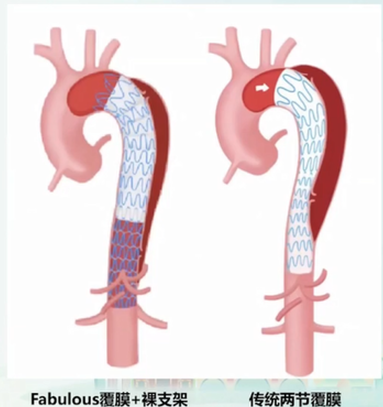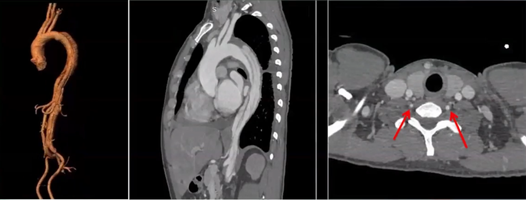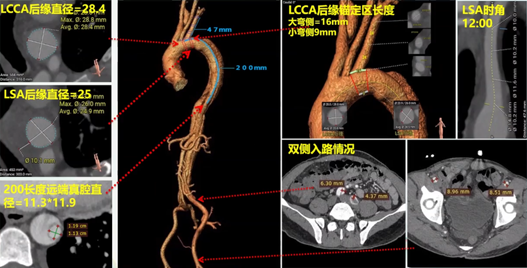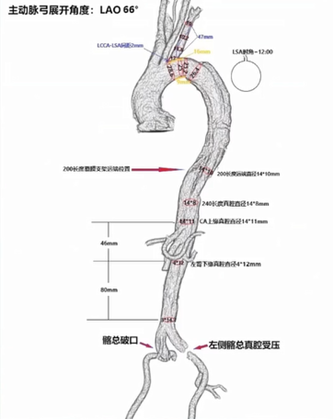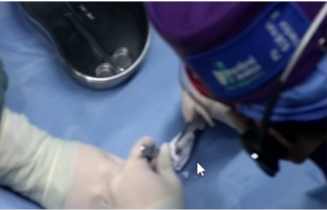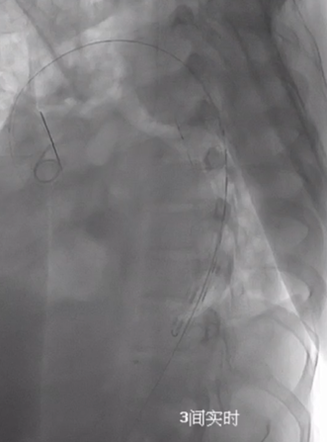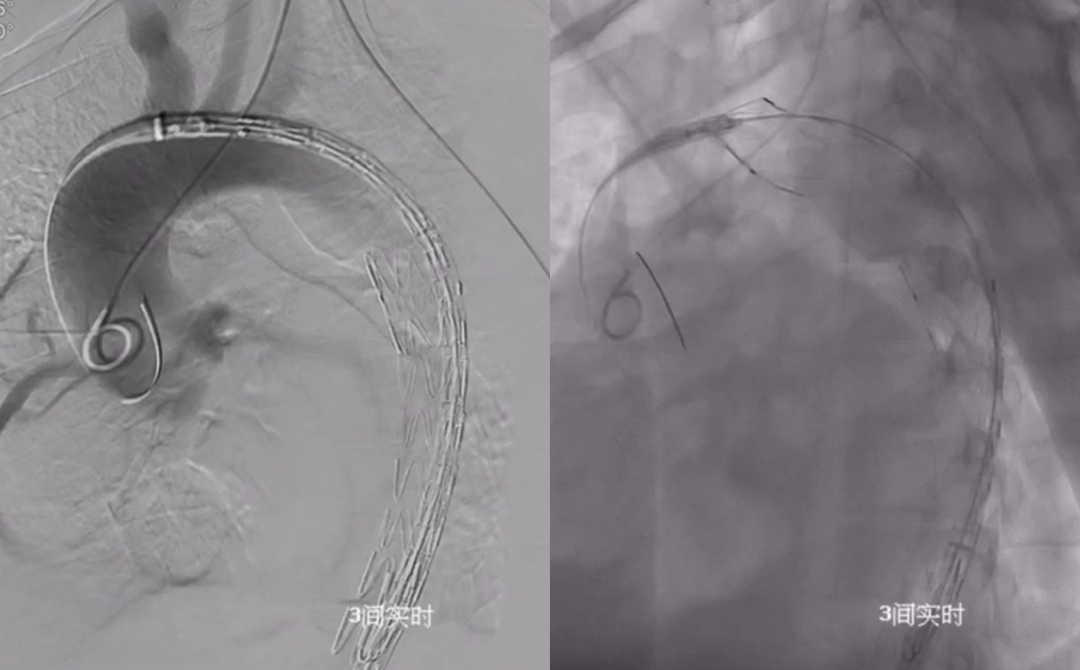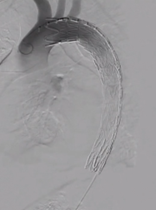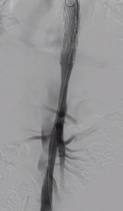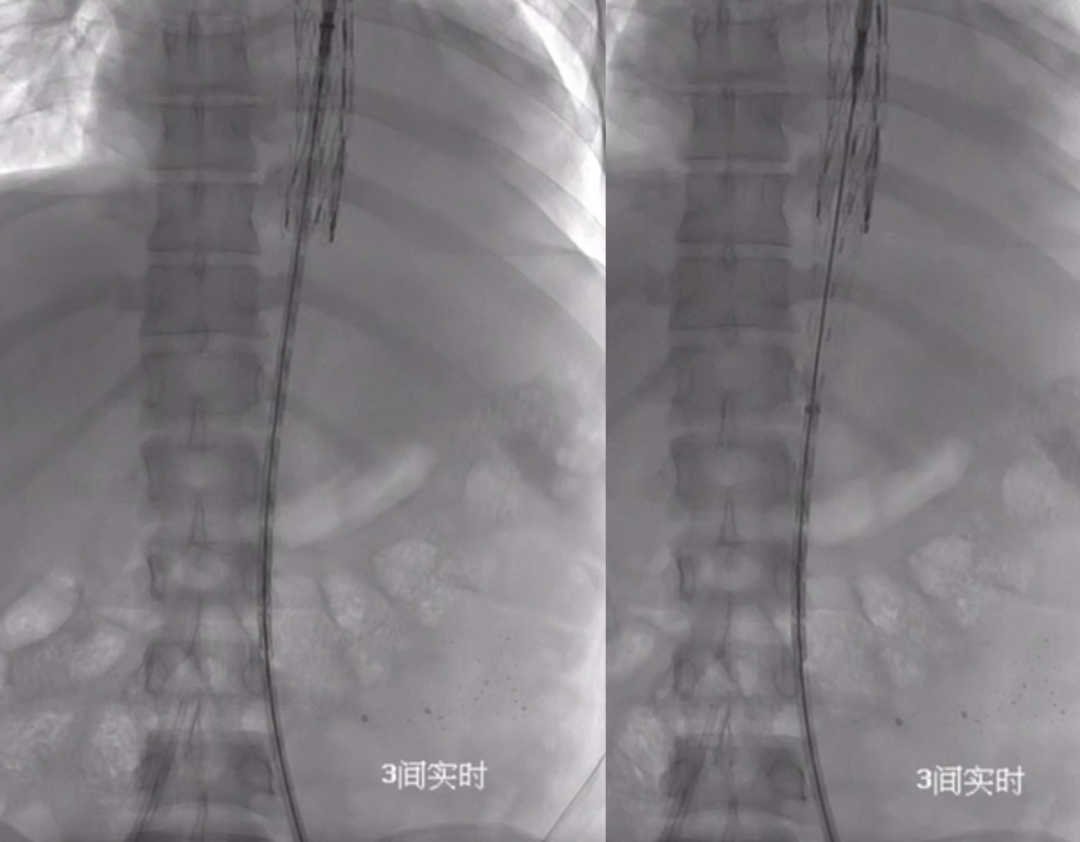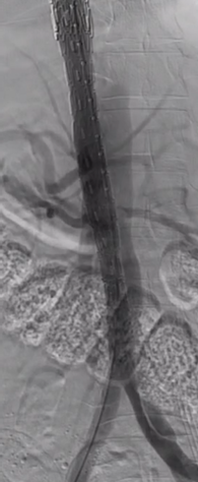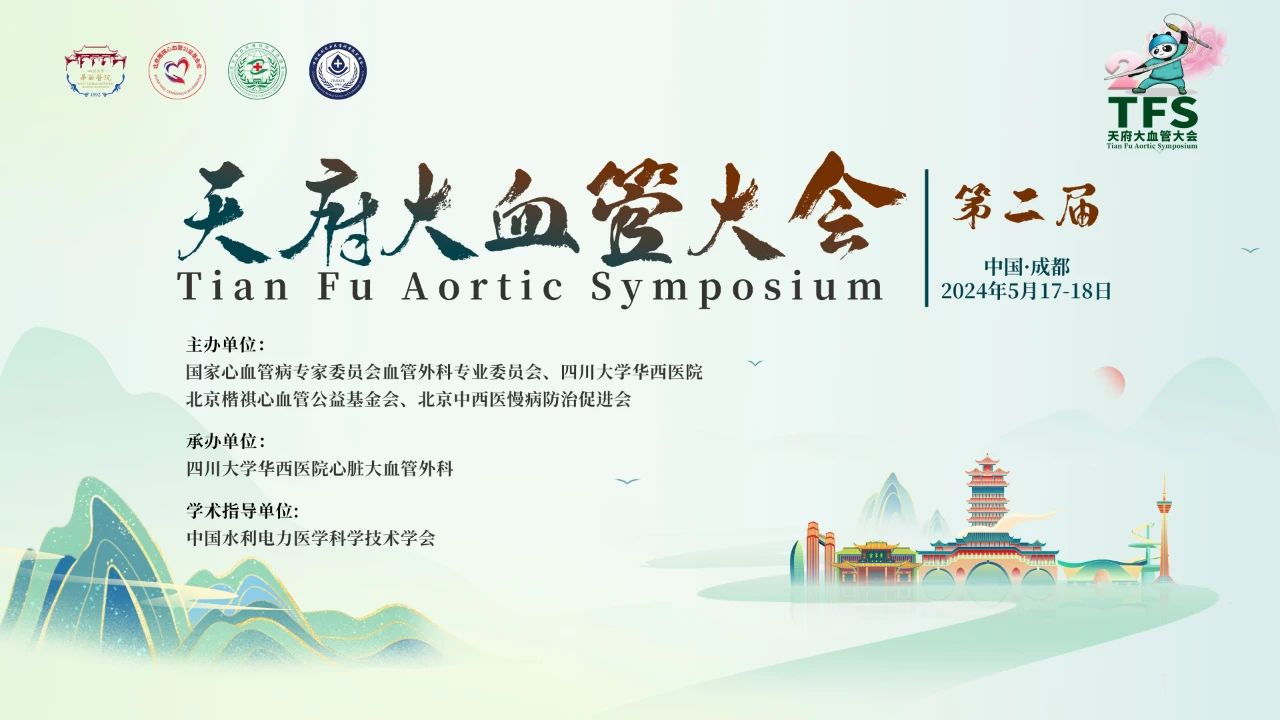
Patients with B-type sandwich combined with distal malperfusion have a poor prognosis. How to promote distal true lumen remodeling and improve perfusion is the current challenge for endoluminal treatment of B-type sandwich.2024 On May 15, 2024, at the 2nd Tianfu Large Vessel Society Conference (TFS 2024), the surgical team of Prof. Hu Jia, Professor of Department of Cardiac Large Vessel Surgery, West China Hospital, Sichuan University, shared a live surgical procedure of B-type sandwich combined with distal malperfusion by using PETTICOAT technique.
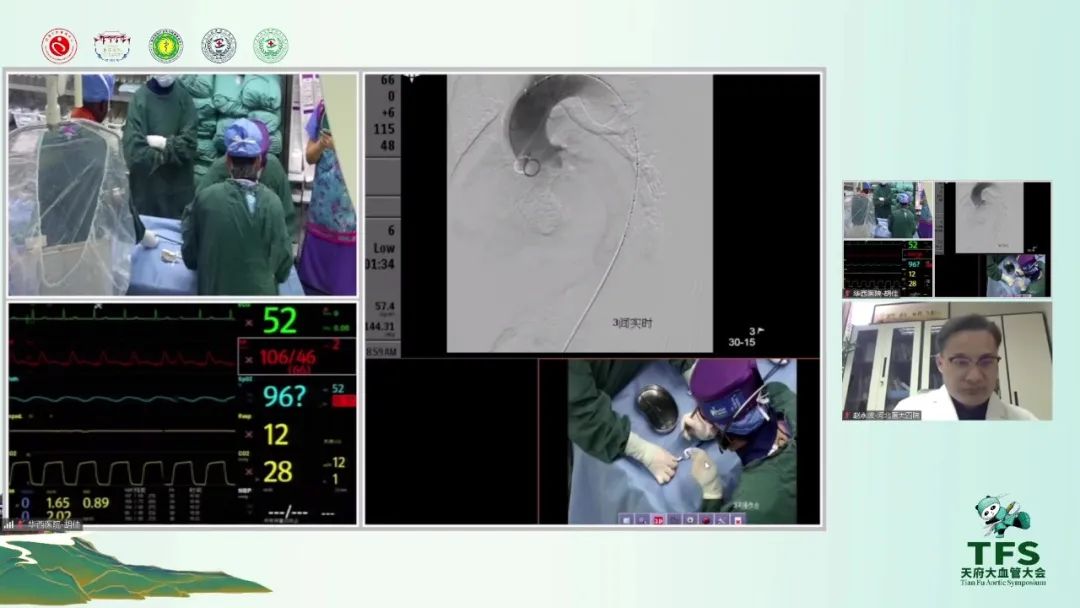
Live Surgery
Case information (male, 32 years old)
Complaint: Recurrent cough with chest pain for more than 2 months.
History: The patient presented with recurrent cough with chest pain with paroxysmal exacerbation without obvious triggers. Accompanied by pallor, small amount of sweating, nocturnal dyspnea, no nausea, dizziness, fainting, no lower limb pain and numbness, no hemoptysis, coughing up sputum. No retrosternal pressure, diarrhea, black stools, oliguria, anuria, hematuria.
Echocardiography: tearing intimal echoes were detected in the lumen of the aortic arch, involving distally into the abdominal aorta.
Aortic CTA: Type B aortic coarctation with severe distal true lumen compression, ulceration of the lesser curvature side, and significant left vertebral dominance.CA true-false lumen feeder, SMA true-false lumen feeder, RRA true-false lumen feeder, and LRA true-false lumen feeder.
Surgical strategy: proximal: TEVAR + Ankura Ⅱ 30×24×200 autoradiographic windowing technique, extracorporeal windowing to reconstruct the left subclavian artery; distal: Fabulous stent-PETTICOAT technique to remodel the distal true lumen.
surgical procedure
Surgical procedure (I): based on preoperative measurements, an Ankura II stent windowing operation was performed ex vivo, followed by stent back-installation.
Procedure (II): via the femoral artery, a restrictive stent is first introduced to the descending aorta and released.
Surgical Procedure (3): The Ankura II stent is then introduced and released after precise positioning.
Procedure (4): Imaging showed that all three branches of the supra-arch were patent, and the proximal breach was completely isolated without endoleak.
Surgical procedure (V): reimaging shows distal true lumen stenosis.
Procedure (vi): introduction of Fabulous bare stent segment to the distal end of the restrictive stent and release.
Procedure (vii): final imaging shows some restoration of the true lumen diameter and patency of the visceral arteries.
Advantages of the Ankura bracket in casement technology:
1) Clear self-expression mark point, accurate positioning;
2) Self-expressive markers that facilitate stent opening and positioning;
3) e-PTFE overlay with smooth incision edges for easy expansion;
4) e-PTFE overlay, non-sewn, eliminates pinhole internal leakage.
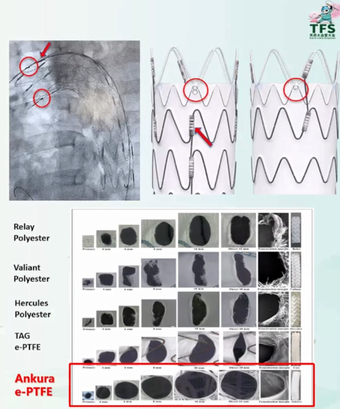
Fabulous is the only split thoracic aortic stent system in China that can cover more than the eighth thoracic vertebra and can cover the visceral artery region. Compared with traditional coated stents, Fabulous stent can not only cover proximal rupture, but also treat distal entrapment without affecting intercostal artery and visceral artery blood flow, which can effectively improve poor organ perfusion and improve patients' perioperative survival rate.
